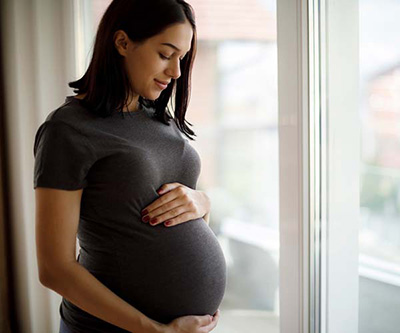
Uterine fibroids, the most common non-cancerous tumors in women of childbearing age, occur in roughly 11% of pregnancies. Some studies have linked fibroids in pregnancy to lower infant birthweight and a higher risk of preterm birth.
To assess the potential relationship between fibroids and fetal growth, researchers led by Katherine Grantz, M.D., M.S., in the Epidemiology Branch analyzed data from 2,578 pregnant women enrolled in the Fetal Growth Studies. Of these participants, 245 had fibroids.
The researchers found that average infant birthweight did not differ between pregnancies with and without fibroids, allaying concerns that fibroids might result in smaller infants. In fact, the study found that infants born to mothers with fibroids had slightly larger head, arm, and thigh circumferences, though not to the extent that they would interfere with birth. The results suggest that, among low-risk pregnancies, having fibroids does not increase the risk of severe complications, cesarean delivery, or undersized newborns. Having fibroids was, however, linked to a 1.73- to 2.65-times greater risk of preterm birth, confirming results from previous studies.
Further studies are needed to explore the biological processes underlying these findings and to investigate their potential implications for newborn health.
Learn more about the Division of Population Health Research (DiPHR): https://www.nichd.nih.gov/about/org/dir/dph
 BACK TO TOP
BACK TO TOP